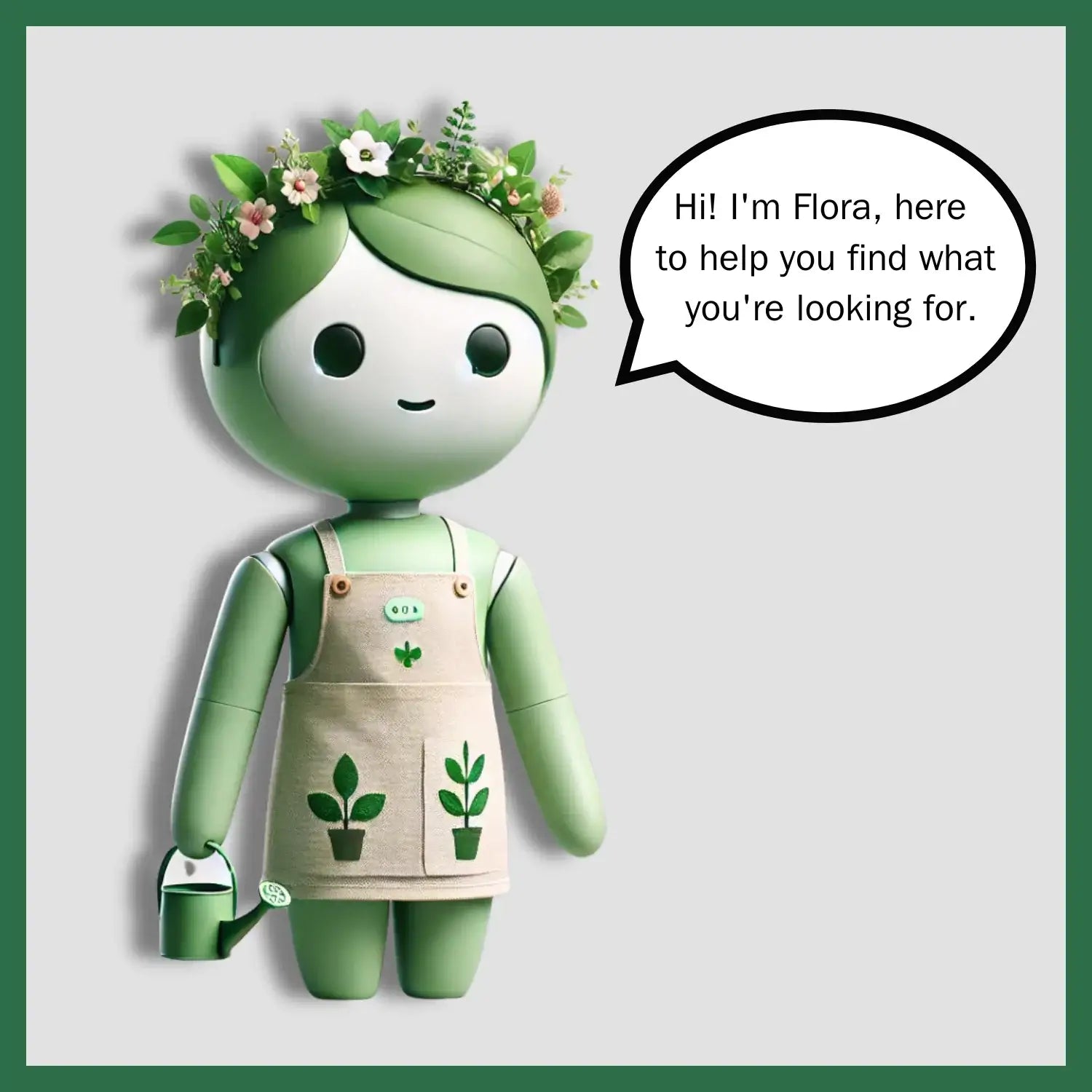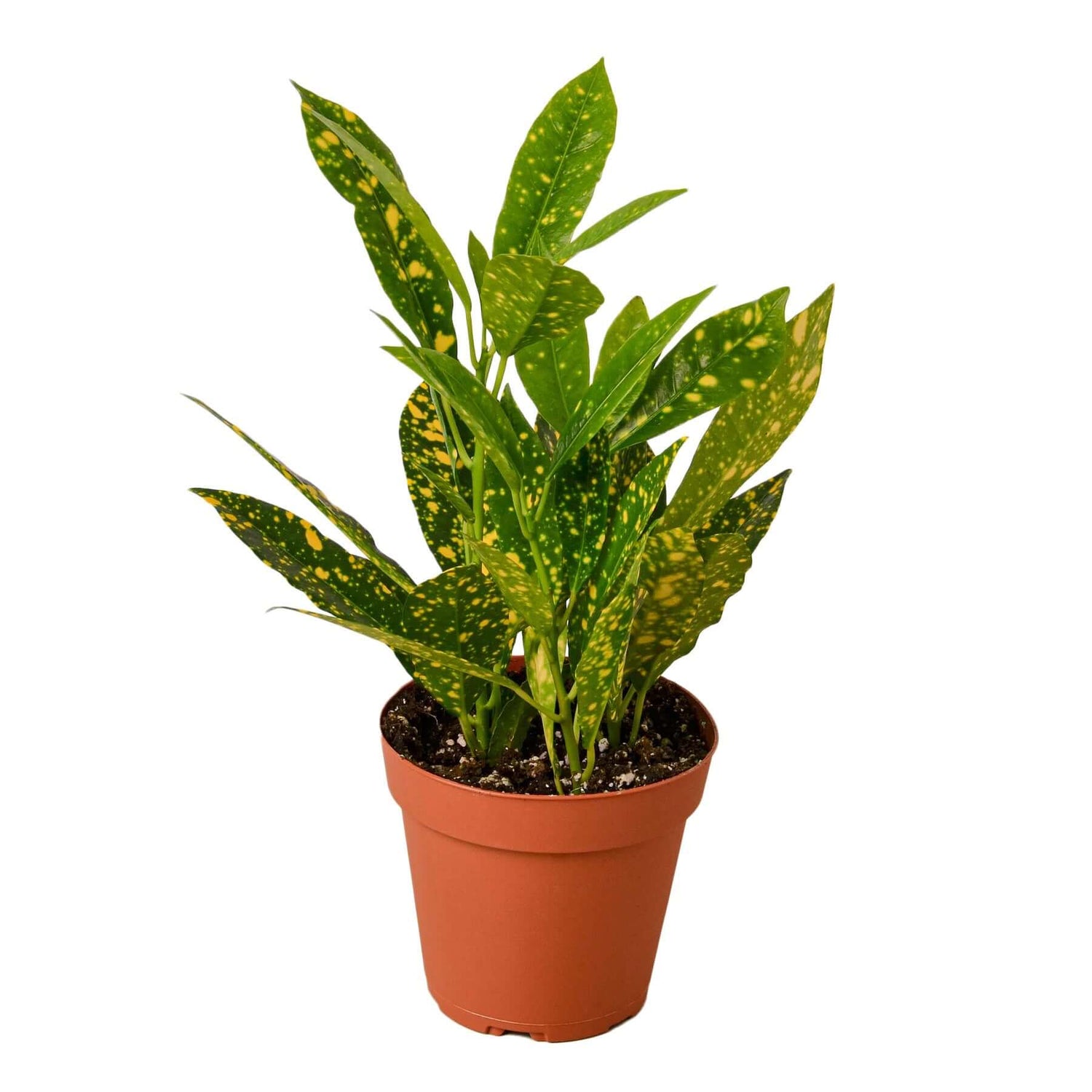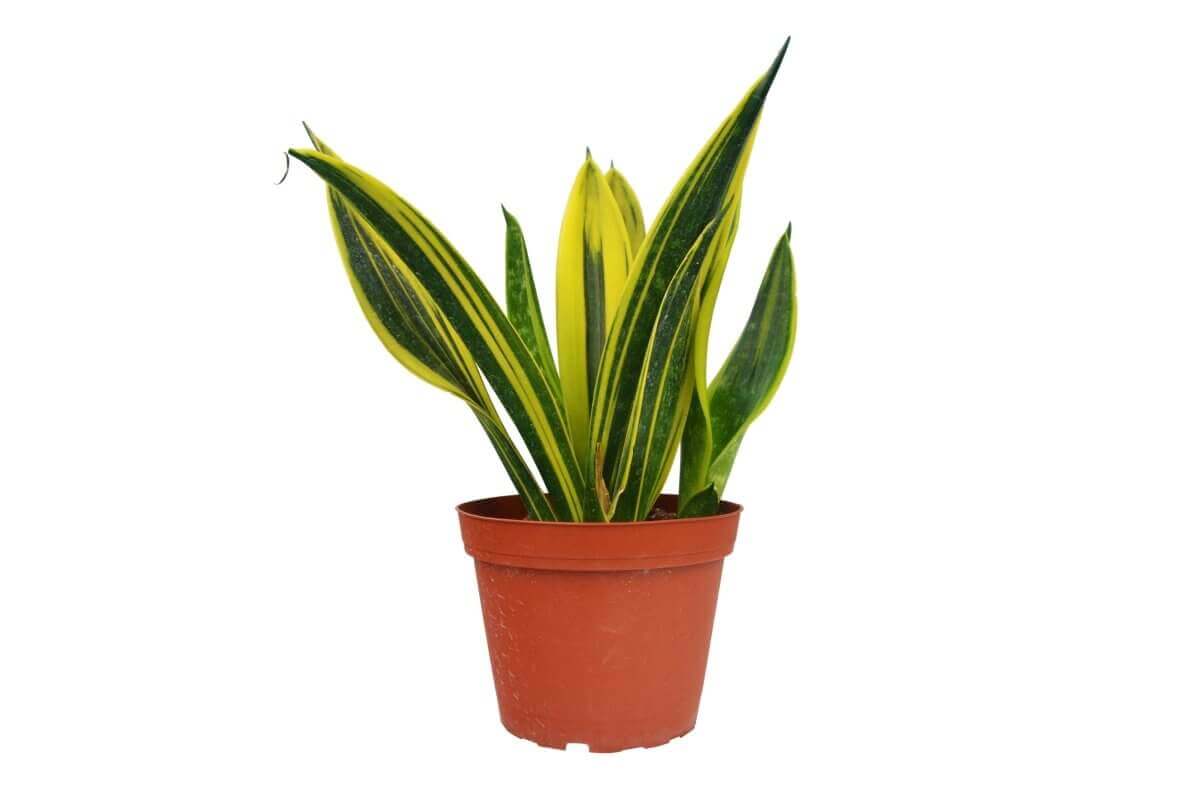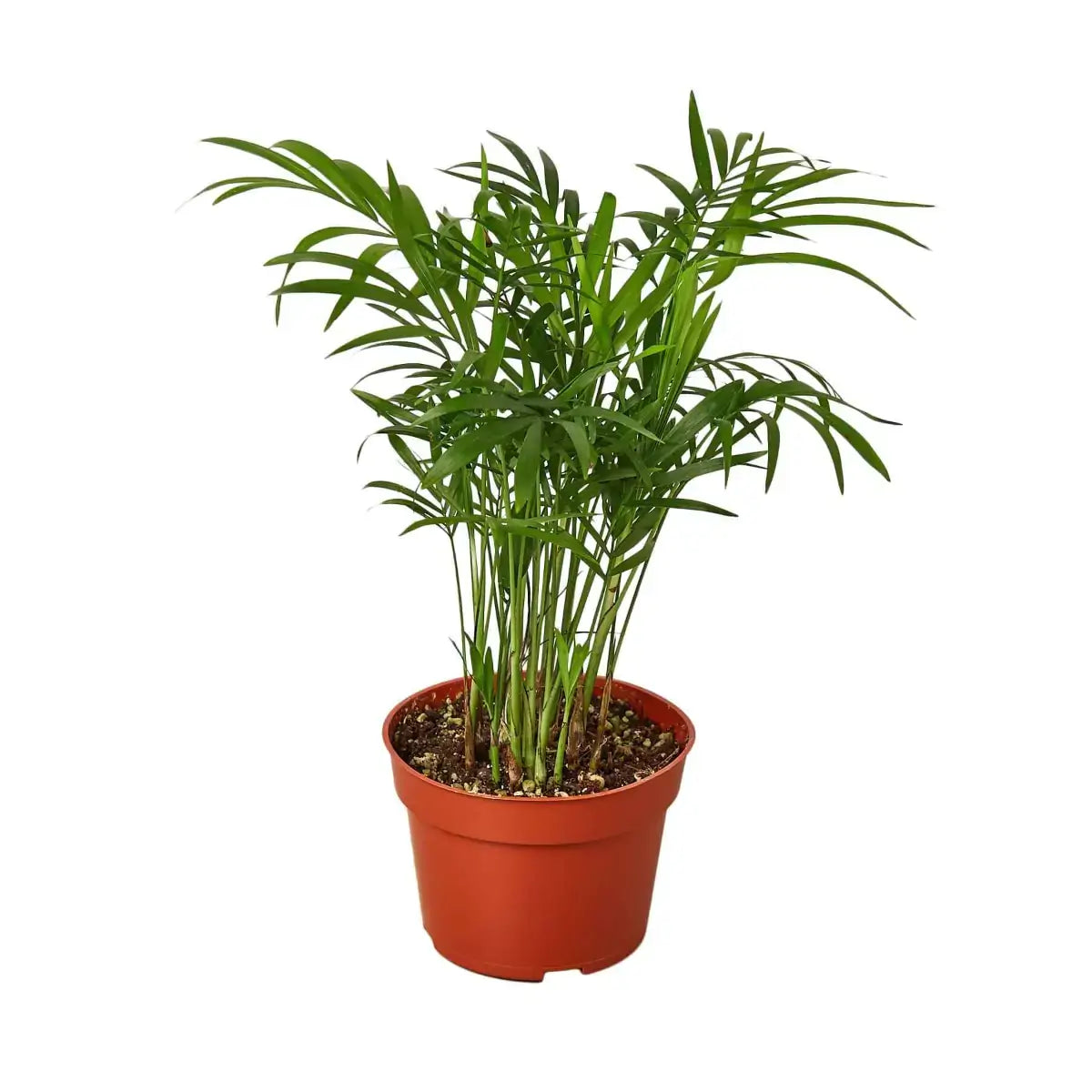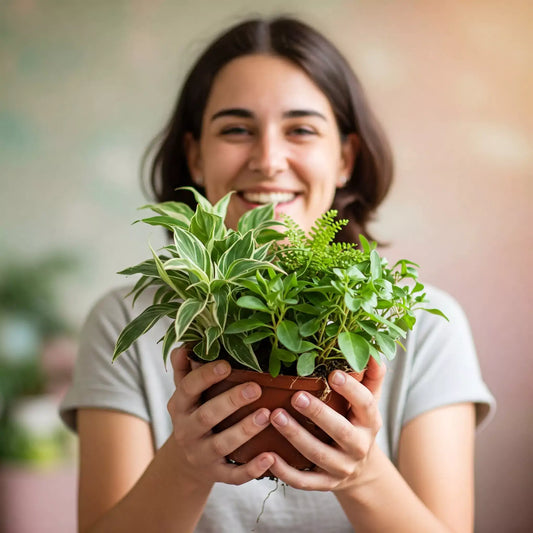Pothos is a resilient, attractive and easy-to-care-for houseplant that adds life and vibrancy to any living space indoors.
With them, the air feels cleaner, way better. And the best part: A green thumb is not required for this look. You don’t need high-end experience or costly gear. You only need the right knowledge and a bit of love.
And if you’ve been procrastinating on becoming a plant mom (or if you think you’ve killed a few of your green “children” only to recycle them into really expensive compost piles), this is your chance.
This guide will cover everything you need to know to keep a Pothos healthy.
What Pothos has To Offer
You want plants that speak to your life being in order. You crave that Instagramable jungle vibe, but not at the cost of all those high-maintenance divas.
Pothos delivers on all fronts.
It's practically indestructible. Seriously. You can fail to water it for weeks and when you do remember, it’ll offer you a gentle droop, as if to say, “Hey, remember me?” (Not the calamitous death scene of some plants we won’t name.)
It grows like crazy. In no time, you’ll be enjoying beautiful hanging vines and feeling like your space is an exotic jungle. Your pals will want to know your secret. There won’t be a culprit to stand by and get blamed, so you’ll just mysteriously smile and talk about how it’s all about the care.
It cleans your air. The powers-that-be at NASA, quite literally, added Pothos to their list of best air-purifying plants. Your lungs will thank you, and so will your allergies.”
It's endlessly versatile. Interested in cascading vines from a hanging basket? Done. Like it climbing up a moss pole? Perfect. Need a bushy tabletop plant? Absolutely possible.
The variety is mind-blowing. Golden Pothos with traditional yellow spotted leaves. His foliage is marble queen in creamy white swirls. Neon with leaves so bright they almost give off a glow. Splash Manjula, with her splash patterns. They all have kind of their own personality, they’ll bring to your space.
Light Condition
Your Pothos is pretty much the cool friend who’s content anywhere but has that sweet spot where it truly excels.
The Sweet Spot
A bright, indirect light makes your Pothos truly becomes a rock star. Consider an area near a window where the sunlight is strong but not overly harsh. Your plant becomes energized without getting sunburned. The variegation pops. The leaves stay vibrant. Growth takes place more rapidly than you can imagine.
The Adaptability Factor
But here’s where Pothos starts to be real with you. You don't have perfect lighting? No problem. It will also tolerate lower light conditions. Sure, it may lose some of that beautiful variegation. The rate of growth may slow down somewhat. But it'll keep living. Keep growing. Keep being beautiful.
Your only no-go zone? Direct sunlight. That’s the equivalent of tanning your plant – it’s going to get scorched and nobody likes crispy leaves.
Watering
Quit searching “how often should I water my pothos” at 2 AM. Seriously. Put the phone down.
How To do It Right
Let’s do a finger test.
Insert your finger into the soil about two inches. Dry? Time to water. Still damp? Wait a few more days. It's literally that simple.
Your Pothos will let you know when it’s thirsty. The leaves begin to wilt a bit. Not dramatically. Not dying. Nothing more than a small “hey, I'd like a drink” sign.
The Overwatering You Must Avoid
You know what kills more plants than lack of water? Drowning them with love. The botanical version of helicopter parenting is overwatering. Your Pothos needs to breathe. Its roots need oxygen. Wet soil is root rot is dead plant.
Give it a good drink of water when you do. Let it drain completely. Then leave it alone until it cries for more.
Soil
Your Pothos does not require some fancy, expensive soil. It requires soil that drains readily and does not hold water like a sponge.
Regular potting mix works perfectly. You know the type — the kind you can pick up at any garden center or hardware store. Throw in some perlite if you want to be fancy, but you don’t have to.
When Should You Move The Plant?
Your plant will let you know when it’s ready for a bigger home. Roots start to emerge from drainage holes. Growth stalls despite good care. The plant appears to be too big for its pot. Time to size up.
The spring is the right season for it. Your plant is coming out of dormancy. It is time for the plant to put all its roots out and take some new territory.
Temperature
Your Pothos is basically Goldilocks. It doesn't want too hot. It doesn't want too cold. It wants just right.
The Comfort Zone
Your plant is happiest between 65°F to 85°F. Curiously, that’s perhaps the place you will be happiest, too. Your plant prefers the same temperature that you keep. How convenient is that?
The Danger Zone
Under that 60°F mark starts to stress out your plant. It slows down. Gets cranky. Might even start dropping leaves. Steer it clear of drafty windows in winter. Out of summer air conditioning vents.
Humidity
Your Pothos hasn't forgotten it's a product of the tropics. It loves humidity. Not jungle amounts, but more than desert levels.
If it gets decent light, your bathroom could be the perfect place. The shower creates natural humidity. Your plant gets its own kind of spa day each time you’re in the shower scrubbing your locks.
No humid bathroom? No problem. A humidifier works wonders. Even a pebble tray of water beneath your pot is beneficial.
Nutritrion
The Pothos is not a heavy feeder. It doesn’t require pricy fertilizers every week. Basic nutrition, for the most part, is that pretty satisfied.
The Growing Season Strategy
That’s when your plant is growing in leaps and bounds and you can see a new leaf unfurl or an aerial root or branch helix into the sunlight and fresh air. That’s when I would consider monthly feedings with any ordinary houseplant fertilizer. Nothing fancy. Nothing expensive. Just balanced nutrition.
The Rest Period
Fall and winter? Your plant is basically hibernating. It's not actively growing. It doesn't need extra food. Save your fertilizer. Save your money. Let your plant rest.
Pruning
Your Pothos wants to grow. And sometimes it gets a bit too enthusiastic. Those long, dangling vines that are gorgeous, but (let’s be honest) are probably taking over your entire room.
The Bushier Strategy
Want a fuller, bushier plant? Prune those long vines. Trim them down to the ground to stimulate new growth from the base. Your plant replies with many new shoots. More branches. More leaves. More fullness.
The Maintenance Trim
You just gotta’ wash off sometimes.” Remove any yellowing leaves. Prune out all bare or leggy areas. SFPL Keep your plant looking good.
Those cuttings you're trimming? Don't throw them away. They're pure gold for propagation.
Troubleshooting When Things Go Wrong
Even the hardiest plants have their bad days. Problems Your Pothos Might Encounter. Here’s how to treat them like a pro.
The Pest Situation
Spider mites appear as small webs and stippled leaves. Clean your plant with a damp cloth. If necessary, spray with neem oil. Raise the humidity to avoid infestations in the future.
Mealybugs appear as little white cotton balls at the leaf joints. Dab them with rubbing alcohol on a cotton‑tipped swab. They disappear instantly.
The Disease
Yellow leaves usually mean overwatering. Check your soil. Adjust your watering schedule. Remove affected leaves. Let the plant recover.
Brown tips on the leaves are a classic indication of low humidity or fluoride in your water. Increase humidity. Use filtered water if possible.
Safety Consideration
Your Pothos is gorgeous. It's easy to care for. It's practically perfect.
But it's not edible.
Remove it from the reach of pets and children who might feel tempted to taste-test.
The plant has oxalate-type crystals of calcium. These are irritating to mouth if eaten. Not fatal, but definitely uncomfortable. Better safe than sorry.
Take Action
You have the knowledge you need. You understand the basics. You know what to expect. You are ready to be a successful plant parent!
Start with one plant. See our collection right here. Watch it grow. Watch it transform your space. See it change the way you think about plants.
Before you know it, you’ll be the one with a stunning, thriving Pothos everyone admires.




